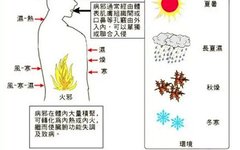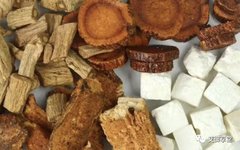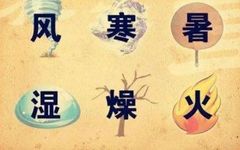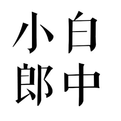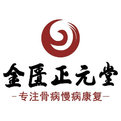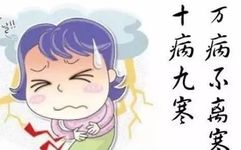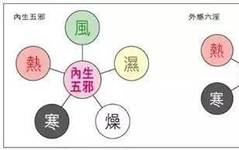Understanding Yin Deficiency Constitution
Yin deficiency constitution is often caused by external invasion of dryness and heat, excessive consumption of warming and drying foods, prolonged worry and overthinking, irregular sexual activity, or prolonged illness, leading to dysfunction of the organs and a depletion of yin fluids. This results in a deficiency of yin fluids, generating internal heat, which manifests … Read more

